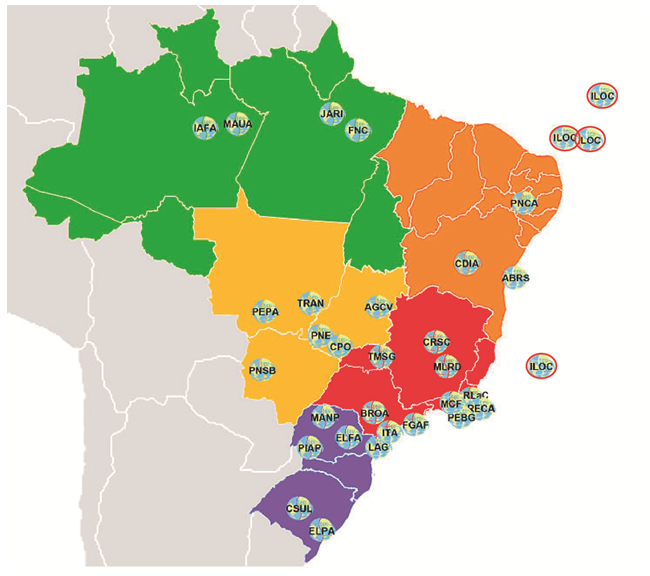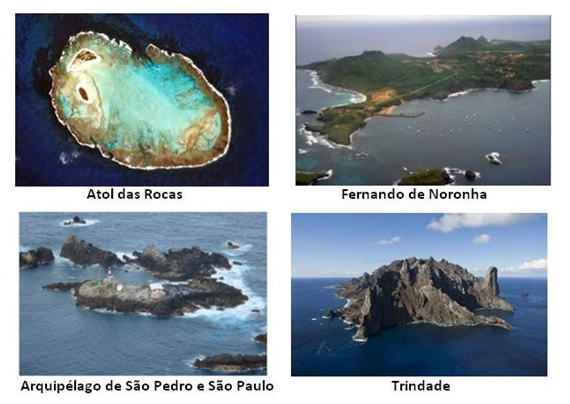Brazilian Oceanic Long Term Monitoring Program is Renewed
The Brazilian Marine Biodiversity Network - SISBIOTA Mar has just renewed the Long-Term Biodiversity Monitoring
Program on Brazilian Oceanic Islands (PELD – ILOC) for another four years. The Long-Term Ecological Research
Program (PELD) is an initiative funded by CNPq since 1999 with recent funding from state agencies, and
scholarships given by CAPES . There are 30 PELD sites (Fig-1), including many diverse ecosystem throughout the
Brazilian territory, including both protected and non-protected areas. Brazil harbours about 25% of world’s
biodiversity. It is the world’s most megadiverse country, and the PELD sites are areas of reference for ecological
research and conservation in Brazil. A large set of studies are being developed at PELD sites, producing long time
series of data on the ecosystems and their associated biota. The PELD sites play a vital role in the formation of
specialized human resources (postgraduate level, mainly), constituting nuclei of research groups. The PELD-ILOC
includes three oceanic islands (St Peter and St Paul’s Archipelago , Fernando de Noronha Archipelago , Trindade
Island Complex ), and the only atoll of the Brazilian Province (Rocas Atoll) (Fig.2). These oceanic systems are
important repository of endemic species within the Brazilian Marine Province while having great potential to
bioprospection. Given their isolation, these islands concentrate a large biomass of fishes and other marine
resources in comparison to coastal areas, representing some of the most pristine marine regions in Brazil. Three
of the islands include or are complete no-take zones and the PELD-ILOC has the important role to provide
knowledge that can help local managers to properly use and conserve the marine resources. The underwater realm
of these islands are still what we can have to understand and modeling of how were our oceanic and coastal
systems when pristine, before the human influence. However, most of these islands had suffered from fishing and
human occupation and research are needed to support conservation priorities on these true oases of the
Southwestern Atlantic.

Figure 1: Map of Brazil showing PELD sites (more information from others PELD sites on www.cnpq.br/apresentacao-peld).

Figure 2: The four oceanic systems included in the PELD-ILOC project.
Written by: Carlos EL Ferreira
November 2016 |











